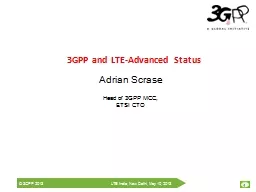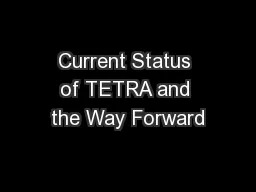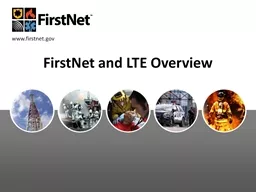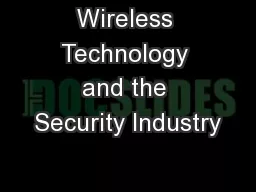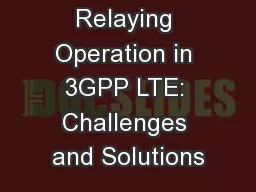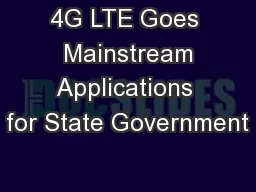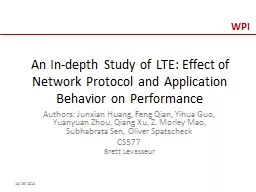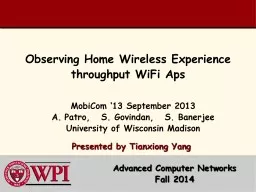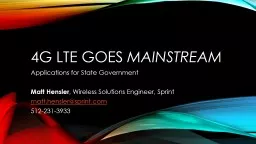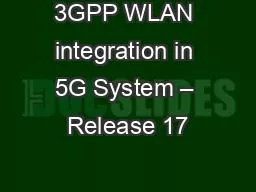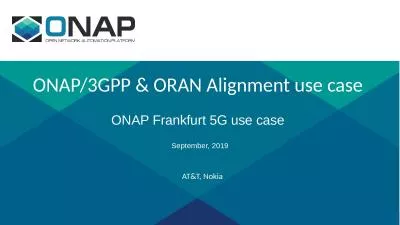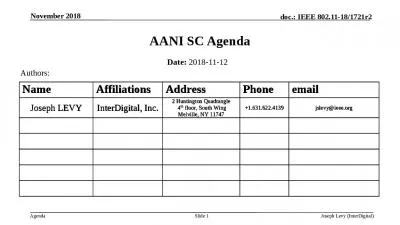PPT-3GPP and LTE-Advanced Status
Author : celsa-spraggs | Published Date : 2019-06-21
Adrian Scrase Head of 3GPP MCC ETSI CTO What is 3GPP Organizational Partners 6 Regional standards organizations Asia Europe amp North America Market Representative
Presentation Embed Code
Download Presentation
Download Presentation The PPT/PDF document "3GPP and LTE-Advanced Status" is the property of its rightful owner. Permission is granted to download and print the materials on this website for personal, non-commercial use only, and to display it on your personal computer provided you do not modify the materials and that you retain all copyright notices contained in the materials. By downloading content from our website, you accept the terms of this agreement.
3GPP and LTE-Advanced Status: Transcript
Download Rules Of Document
"3GPP and LTE-Advanced Status"The content belongs to its owner. You may download and print it for personal use, without modification, and keep all copyright notices. By downloading, you agree to these terms.
Related Documents

